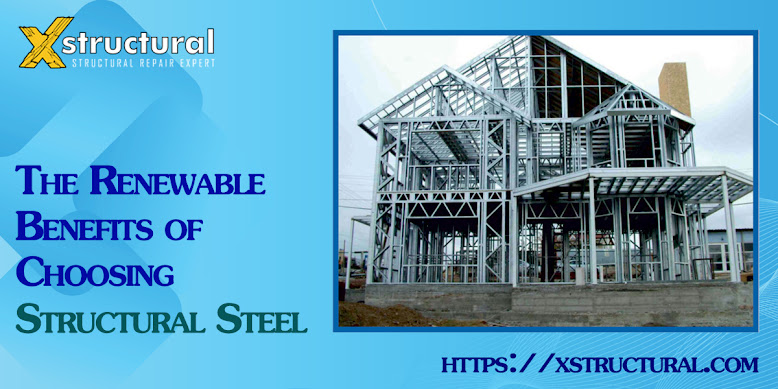5 Signs To Tell If a Wall Is a Load-Bearing Wall
When it comes to home renovations and remodeling projects, understanding the structural integrity of your house is of paramount importance. One crucial aspect to consider is whether a wall in your home is load-bearing or not. A load-bearing wall is a critical component that supports the weight of your house, making it essential to identify them accurately before making any structural changes.
In this article, we'll discuss the 5 signs that can help you determine if a wall is a load-bearing wall, and why consulting experts like Beals Contractor for engineered beam replacement services is crucial.
1. Architectural Plans and Blueprints
Before you pick up your sledgehammer or start planning for that open-concept living area, it's wise to consult your home's architectural plans and blueprints. These documents can provide invaluable insights into the structural layout of your house, highlighting the placement of load-bearing walls. If you don't have access to these plans, contacting a professional structural engineer can help you obtain the necessary information.
2. Wall Position
Load-bearing walls are typically positioned in a way that ensures the weight of your house is evenly distributed. They are usually found in the center of your home, running perpendicular to the roof trusses or floor joists. Exterior walls, on the other hand, are usually not load-bearing. Identifying the position of a wall in your house can give you a significant clue about its structural significance.
Also read for, Transform Your Space with Failing Bricks Repair Services
3. Foundation Connection
Another telltale sign of a load-bearing wall is its connection to the foundation of your house. Load-bearing walls are directly linked to the foundation, as they are responsible for transferring the weight from the upper floors down to the ground. If you notice a wall that connects directly to the foundation, it's highly likely to be load-bearing.
4. Roof and Ceiling Beams
Examining your roof and ceiling can provide substantial evidence about load-bearing walls. Load-bearing walls typically align with the roof and ceiling beams, ensuring that the structural integrity of your house remains intact. If you notice a wall that runs parallel to these beams, it's a strong indicator that it plays a significant role in supporting the structure.
5. Professional Consultation
When in doubt, it's always best to consult with professionals like Beals Contractor, who specialize in engineered beam replacement services. These experts have the knowledge and experience to accurately assess the load-bearing nature of a wall. They can provide structural assessments, ensuring the safety and stability of your home during any renovation or structural modification.
Why It Matters
Understanding whether a wall is load-bearing is crucial for a variety of reasons. Removing a load-bearing wall without proper support can result in structural damage to your home, leading to costly repairs. Additionally, compromising the structural integrity of your house can pose safety risks to you and your family. That's why consulting experts like load bearing walls and beals contractors for load-bearing wall assessments and engineered beam replacement services is vital.
Conclusion
In conclusion, identifying load-bearing walls in your home is a crucial step in any renovation or remodeling project. It's a task that should not be taken lightly, as the structural integrity of your house depends on it. Remember to consult your architectural plans, assess wall positions, examine connections to the foundation, consider the alignment with roof and ceiling beams, and, most importantly, seek professional guidance when in doubt. Your home's safety and stability should always be a top priority.
If you're planning a home renovation project or need assistance with engineered beam replacement services, contact us today at +1-617-304-1462. Our team of experts is ready to assist you in ensuring the safety and stability of your home.



Comments
Post a Comment